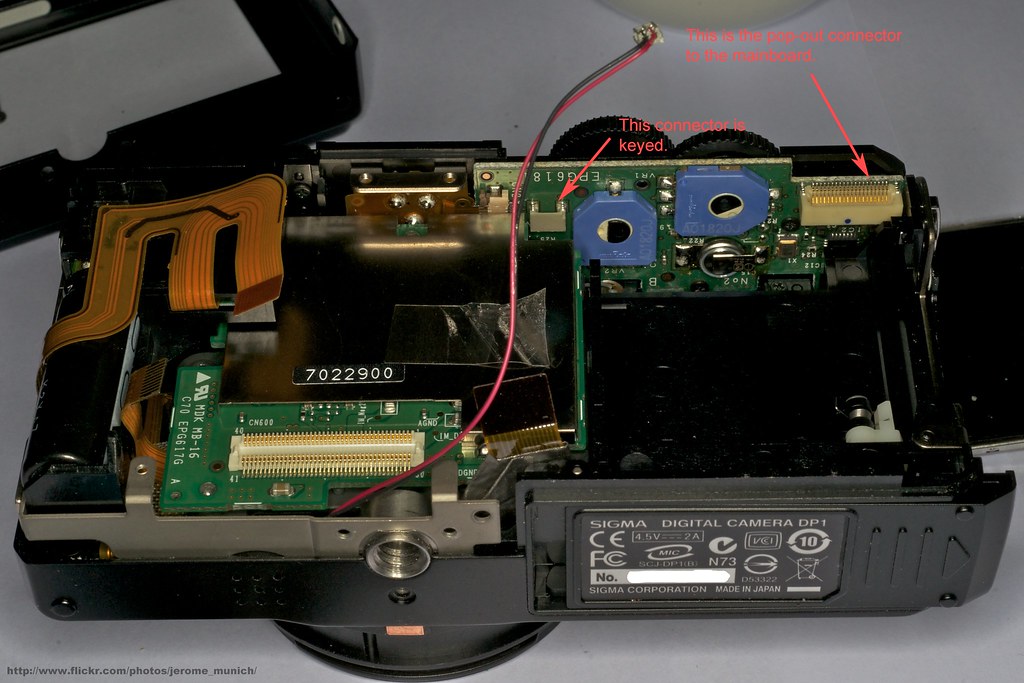Ted Cousins
Member
Hello, my first post here in the tech zone:
Discussion rages elsewhere (DPR Sigma forum) as to the best "ISO" to use for the various Sigma models, yet I've only found one model (SD1 Merrill) that has the EXIF 'SensitivityType' tag included in the meta-data. That means there are various claims over there as to what is the "base" ISO for a particular model.
So I'm trying to measure the actual "ISO" for some of my cameras, without sophisticated equipment and bearing in mind that I am forced to assume an ISO method for the calculation - currently sticking to SOS per DC-004.
The subject for this post is my method of determining the image plane exposure and how that method can be improved, if possible. Here is the current method:
I place a Kodak R27 card outside in cloudless daylight, white side up, somewhere before or after solar noon.
I plunk a lux-meter (cheap Taiwan model, 5% accuracy claimed) in the middle of the card and record the lux (or fc if the day is too bright for the meter).
I set the camera to spot metering, infinite focus, aperture priority, no EC, and note the recommended f-number and shutter period; then shoot raw for later examination in RawDigger and for conversion to sRGB in the proprietary converter (SPP).
If necessary, I convert measured fc to lux.
I convert the illuminance to luminance per Lv = Ev/pi, assuming that the card is Lambertian and that the spot metering dispenses with consideration of steradians and stuff.
I calculate the mean sensor exposure Hm from the simple formula in Section 5 of DC-004 :
0.65*Lv*t/(N^2)
I convert the raw to sRGB JPEG and note the image brightness (green channel) which should be 118/255 (but rarely is!).
Can anybody suggest improvement to or comment on the above method without having to buy more stuff?
Thanks for looking,
Ted
Discussion rages elsewhere (DPR Sigma forum) as to the best "ISO" to use for the various Sigma models, yet I've only found one model (SD1 Merrill) that has the EXIF 'SensitivityType' tag included in the meta-data. That means there are various claims over there as to what is the "base" ISO for a particular model.
So I'm trying to measure the actual "ISO" for some of my cameras, without sophisticated equipment and bearing in mind that I am forced to assume an ISO method for the calculation - currently sticking to SOS per DC-004.
The subject for this post is my method of determining the image plane exposure and how that method can be improved, if possible. Here is the current method:
I place a Kodak R27 card outside in cloudless daylight, white side up, somewhere before or after solar noon.
I plunk a lux-meter (cheap Taiwan model, 5% accuracy claimed) in the middle of the card and record the lux (or fc if the day is too bright for the meter).
I set the camera to spot metering, infinite focus, aperture priority, no EC, and note the recommended f-number and shutter period; then shoot raw for later examination in RawDigger and for conversion to sRGB in the proprietary converter (SPP).
If necessary, I convert measured fc to lux.
I convert the illuminance to luminance per Lv = Ev/pi, assuming that the card is Lambertian and that the spot metering dispenses with consideration of steradians and stuff.
I calculate the mean sensor exposure Hm from the simple formula in Section 5 of DC-004 :
0.65*Lv*t/(N^2)
I convert the raw to sRGB JPEG and note the image brightness (green channel) which should be 118/255 (but rarely is!).
Can anybody suggest improvement to or comment on the above method without having to buy more stuff?
Thanks for looking,
Ted



